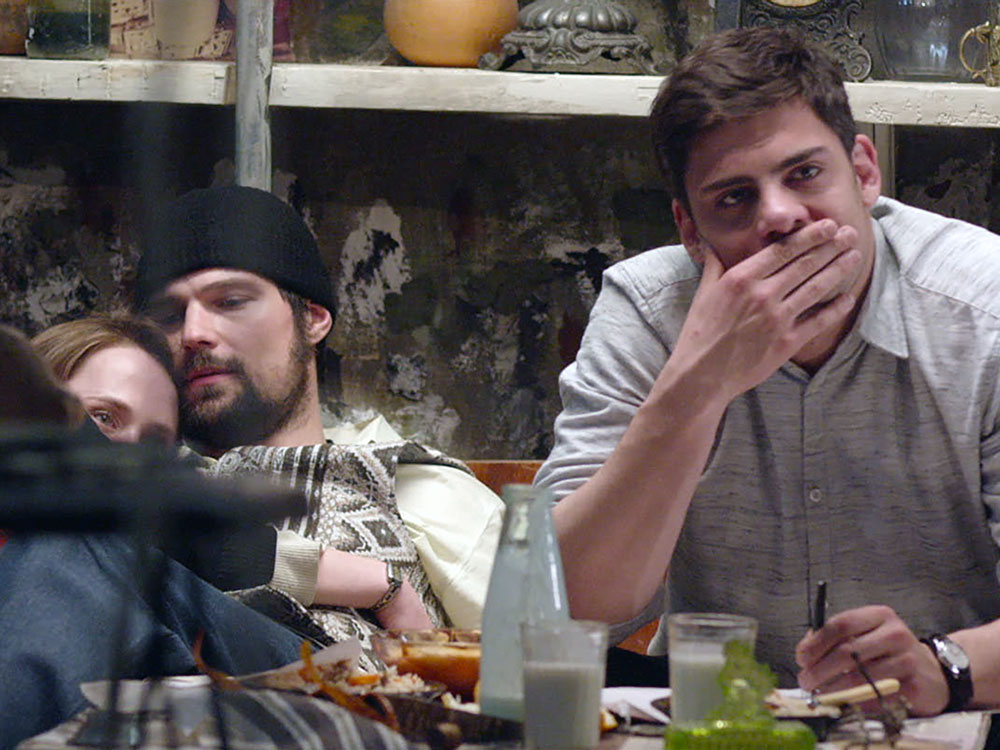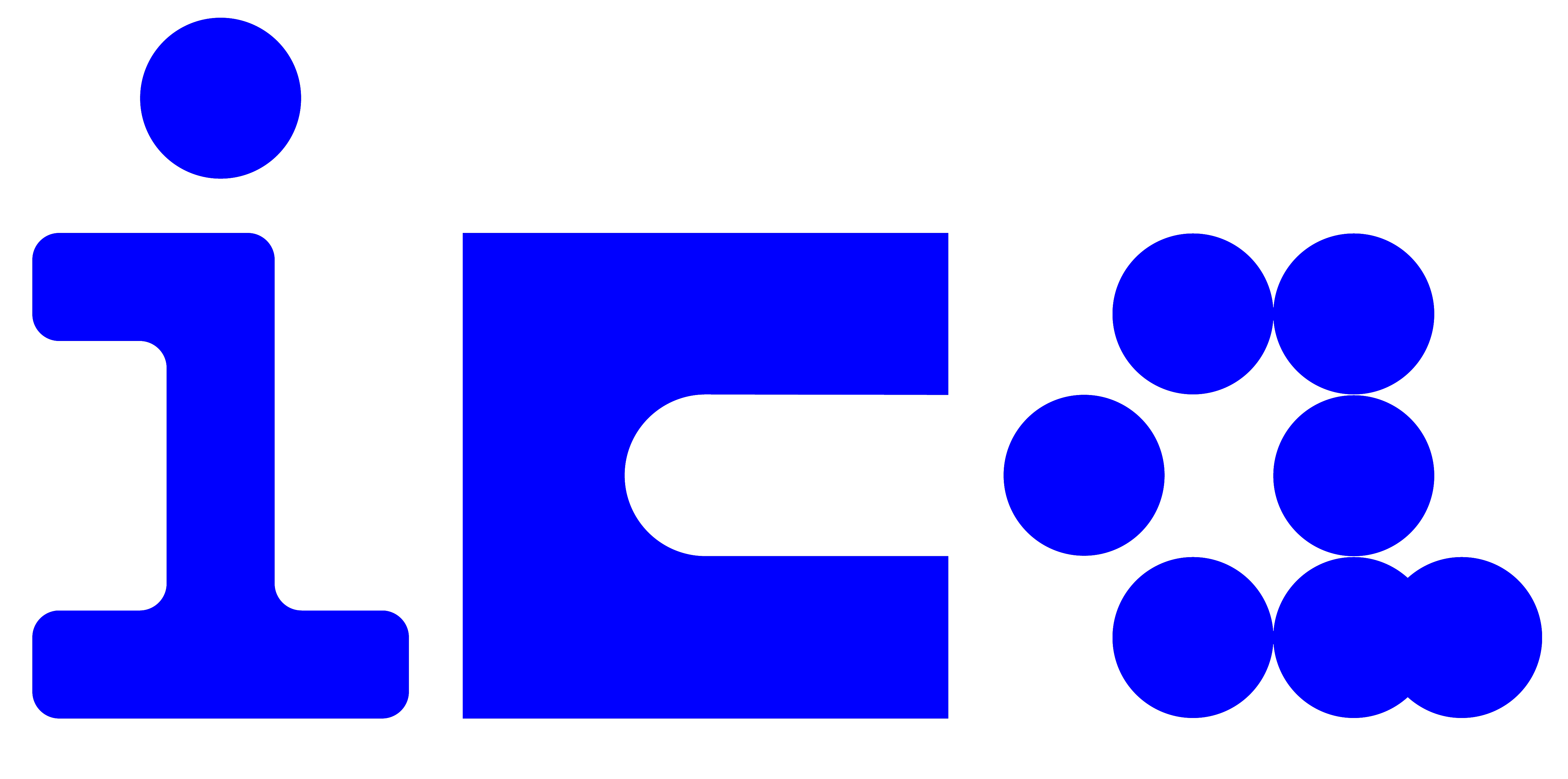Saydnaya, Syria, 2011 – ongoing
(Investigation 2015 – 2016)
Working with Amnesty International, Forensic Architecture reconstructed an architectural model of Saydnaya, a secret Syrian detention center, from the memories of several of its survivors, then living as refugees in Turkey. In recent years, no visits from independent journalists or monitoring groups have been permitted into the prison. It is estimated that since 2011, thousands of prisoners (both civilian detainees and anti-government rebels) have been killed. Survivors’ memories are the only resource with which to recreate the spaces, conditions of incarceration, and incidents that took place inside Saydnaya. But the process of recollection is not straight forward: prisoners were kept in a state of constant disorienting sensory deprivation. Held in darkness and enforced silence, never allowed to see outside their own cell, the survivors’ experiences were at the threshold of both vision and hearing.
The model-building process interrogated these sensory thresholds. Architectural and acoustic modelling helped the former detainees locate windows, doors and objects such as blankets and torture devices. The witnesses’ memories of sounds were heightened because of their visual deprivation and they were able to depict in detail the sound signatures of cells and other areas of the prison, as well as guard’s footsteps and torture techniques.
Working with audio investigator Lawrence Abu Hamdan, Forensic Architecture reconstructed the acoustic dimension of the building using techniques such as ‘echo-profiling’. The technical process of interviewing through modelling helped survivors recall events otherwise obscured by trauma and violence. Modelling thus bridged the otherwise separate and distinct functions of testimony and evidence.
Using the resulting digital 3D model and accompanying witness testimonies Forensic Architecture generated an interactive online platform that enables users to navigate through the prison, and hear testimonies of the severe levels of torture and ritual violence located within Saydnaya.
The publication of this report attracted the online fire of supporters of Syrian president Bashar al-Assad, who described Forensic Architecture’s methods as ‘fake news’ and ‘special effects’, and finally of al-Assad himself, who called it a fabrication meant to ‘vilify and smear the Syrian government’. In March 2017, the platform was submitted to the Federal German Prosecution as a part of a universal jurisdiction case against the Syrian leadership. In May 2017, the US State Department released aerial images that purportedly identified the chimneys of a crematorium built at Saydnaya to dispose of the bodies of those executed there.
Commissioned by: Amnesty International
Witnesses: Samer, Diab, Jamal, Salam, Anas
Project team: Eyal Weizman (Principal Investigator), Christina Varvia (Project Coordinator), Hania Jamal, Ana Naomi de Sousa,
Simone Rowat, Néstor Rubio, Stefan Laxness, Pierre-François Gerard, Yamen Albadin, George Clipp, Hala Makhlouf, Ghias Aljundi, Samaneh Moafi, Hana Rizvanolli, Franc Camps Febrer
Audio investigation: Lawrence Abu Hamdan
Collaborators: Gochan Yildirim / 1635 film-istanbul, Nadim Mishlawi / DB Studios, Mihai Meirosu / Nvision Audio
Thanks to: Vasif Kortun / SALT Galata, Fiona Gabbert / Goldsmiths’ University Forensic Psychology Unit










no. 236848.